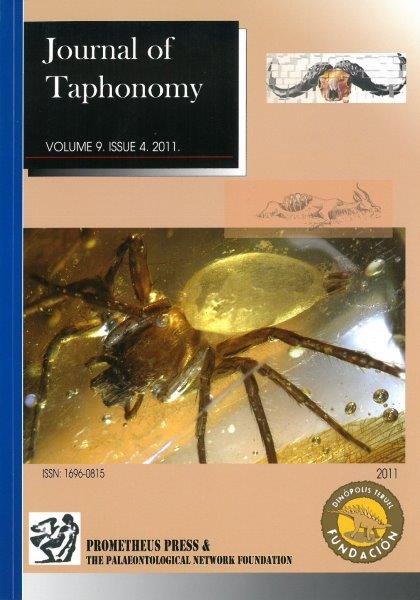Small Carnivore Skinning by Professionals:Skeletal Modifications and Implications for the European Upper Palaeolithic.
Aurore Val, Jean-Baptiste Mallye.
Keywords: FUR-USE; SMALL CARNIVORES, CUT MARKS, TAXIDERMISTS, EXPERIMENTAL STUDY, TAPHONOMY, SUBSISTENCE STRATEGIES, EUROPEAN PALAEOLITHIC
From the Upper Palaeolithic to the beginning of the Holocene, the presence of small carnivores in archaeological context is widely interpreted as evidence for peltry activities. This hypothesis is supported by several arguments, including the skeletal-part representation, the spatial distribution of bone remains, and the nature of cut marks on bones. At the end of the Palaeolithic, the question of whether small carnivores were utilised only for their skin or for their meat as well is still under debate. It has been postulated that the consumption of small carnivore meat has been underestimated in the past. In this paper, we propose a new experimental record of bone modification on small carnivore skeletons resulting from skinning by three taxidermists. The professionals produced cut marks on all the skeletons in the sample. The skinning marks are always localised on the same bones and on similar locations on those bones. We argue that this set of reference skinning marks constitutes a new tool that will prove useful in understanding the role played by small carnivores in the subsistence strategies of Palaeolithic hunter-gatherers.


